In the world of serpentine elegance, few creatures can rival the unsettling allure of the planet’s deadliest snakes. These slithering denizens of the underbrush, while magnificent in their evolutionary prowess, possess behaviors that can send shivers down even the most stoic spine. From venomous strikes to peculiar feeding habits, snakes have spent millennia evolving their brand of fearsome adaptability. Here, we explore 13 terrifying, and at times gross, behaviors that make these reptiles both fascinating and formidable.
1. The Venomous Strike
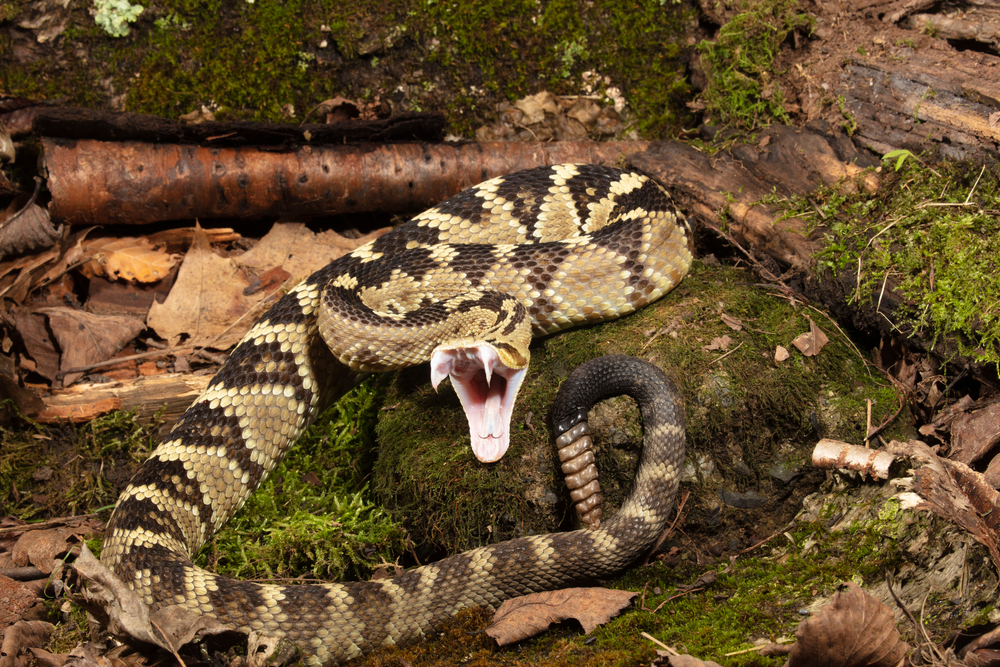
A snake’s venom is its pièce de résistance, capable of incapacitating prey in mere moments. These biochemical cocktails are as varied as they are potent, with some species delivering neurotoxins that paralyze and others administering hemotoxins that wreak havoc on blood cells. According to the World Health Organization, snake venom comprises a complex mix of proteins that can cause a range of effects from mild discomfort to rapid death, ensuring that these creatures sit atop the predatory hierarchy.
Interestingly, the venomous strike is not merely a tool for hunting but also a sophisticated mechanism of defense. When threatened, snakes can coil into a position that maximizes the speed and efficiency of their strike, a behavior that underscores their lethal elegance. The mere sight of this poised aggression is enough to deter many would-be predators, proving that sometimes, the threat of a strike is as powerful as its execution.
2. The Art of Constriction
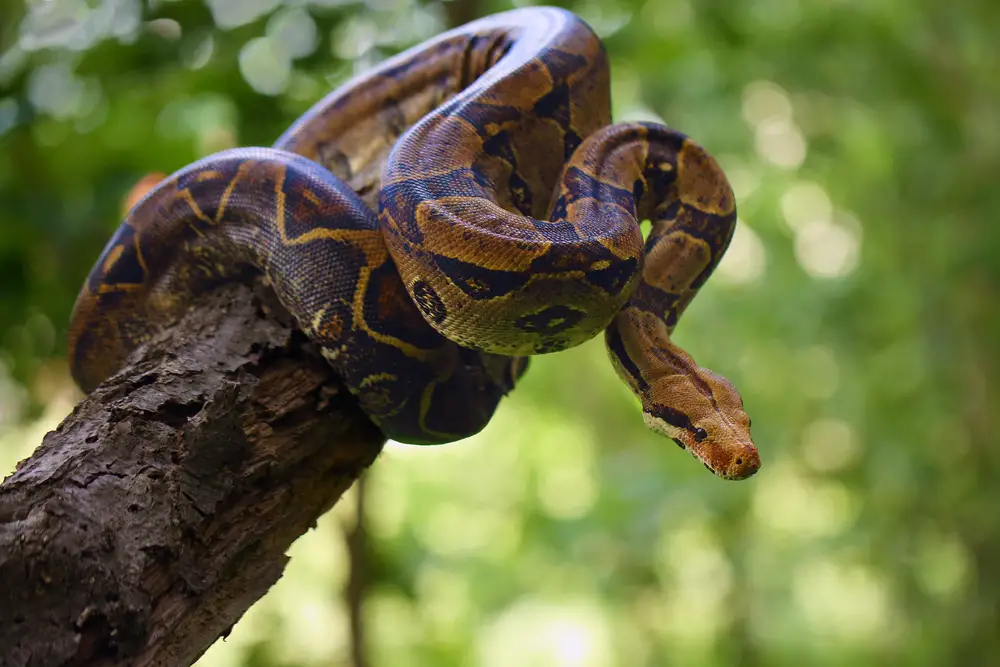
Imagine a hug so tight it stops your heart—this is the reality for the prey of constrictor snakes. These serpents, unlike their venomous cousins, rely on sheer muscle to subdue their meals. Once they’ve snagged their victim, they coil their robust bodies around it, applying pressure with each exhalation until the prey can no longer draw breath. It’s a silent, chilling dance of life and death, executed with unerring precision.
For these snakes, the process of constriction is both art and science. They possess the intuitive ability to gauge the right amount of pressure needed, ensuring their prey is incapacitated without requiring excessive effort. This efficiency is vital, as the act of constriction demands significant energy expenditure, which is recouped only after the successful completion of their meal.
3. The Mystique of Infrared Sensing
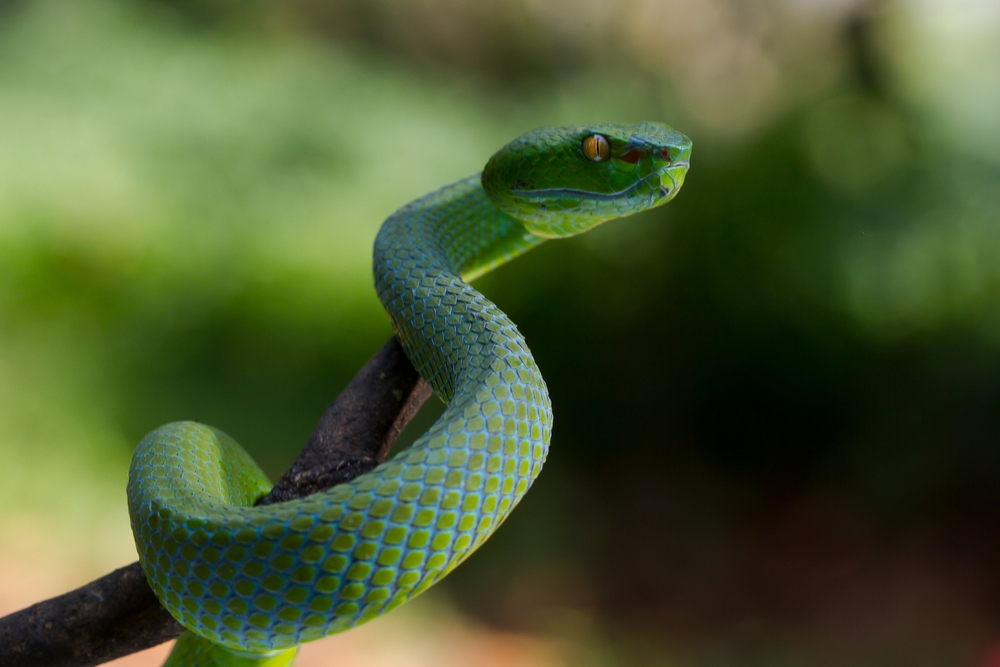
Among the more [intriguing abilities](https://www.britannica.com/animal/snake-reptile/Sensory-perception) of some snakes is their capacity to “see” in infrared. Pit vipers, for example, are equipped with specialized heat-sensing pits located between their eyes and nostrils, allowing them to detect the warmth of their prey even in complete darkness. This biological adaptation offers an edge in nocturnal hunting, where the cover of night otherwise obscures vision.
The infrared sensing mechanism is akin to a natural form of night vision, transforming the snake into a stealthy predator of the dark. Beyond merely detecting the presence of prey, this sense allows snakes to accurately strike at a target, with heat signatures guiding their aim. This remarkable skill adds a layer of sophistication to their predatory repertoire, ensuring that these snakes maintain their deadly efficiency under any circumstance.
4. The Peculiar Feeding Frenzy
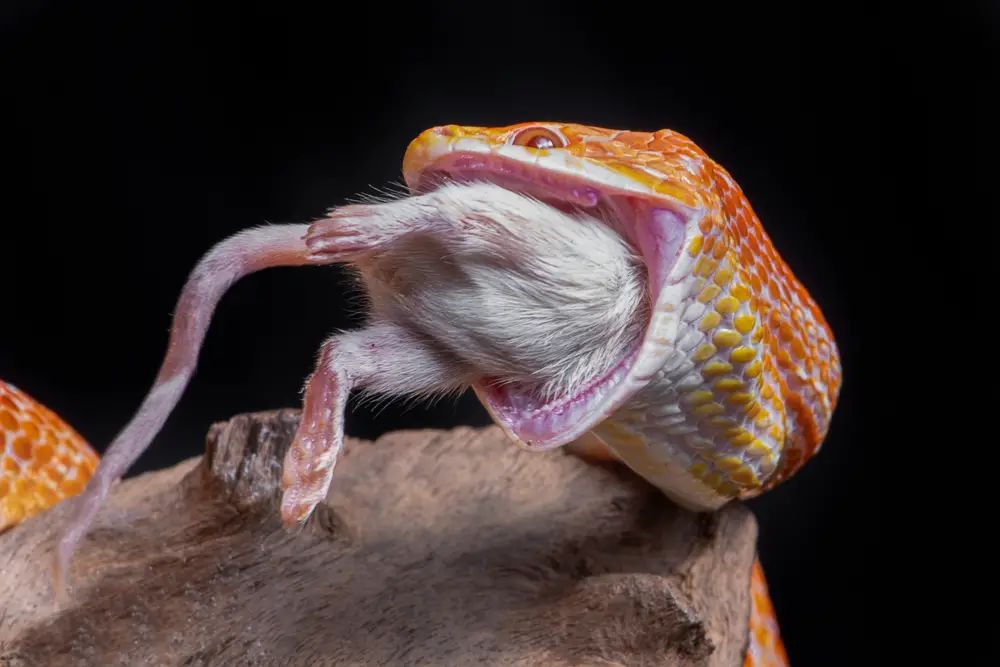
Some snakes exhibit a bizarrely unrefined approach to consuming their prey, which often involves swallowing it whole. While this might seem a grotesque method, it’s an anatomical marvel that demonstrates the snake’s unique biological adaptations. Elastic ligaments that connect their jawbones allow them to stretch their mouths around prey, sometimes several times wider than their own bodies.
During this feeding process, the skin around a snake’s head expands, giving it a temporarily grotesque appearance. The entire act is a testament to the snake’s evolutionary prowess, turning what could be a moment of vulnerability into one of triumph. Despite the outwardly unsettling nature of this behavior, it underscores the snake’s status as a masterful survivor in the animal kingdom.
5. The Hypnotic Sway
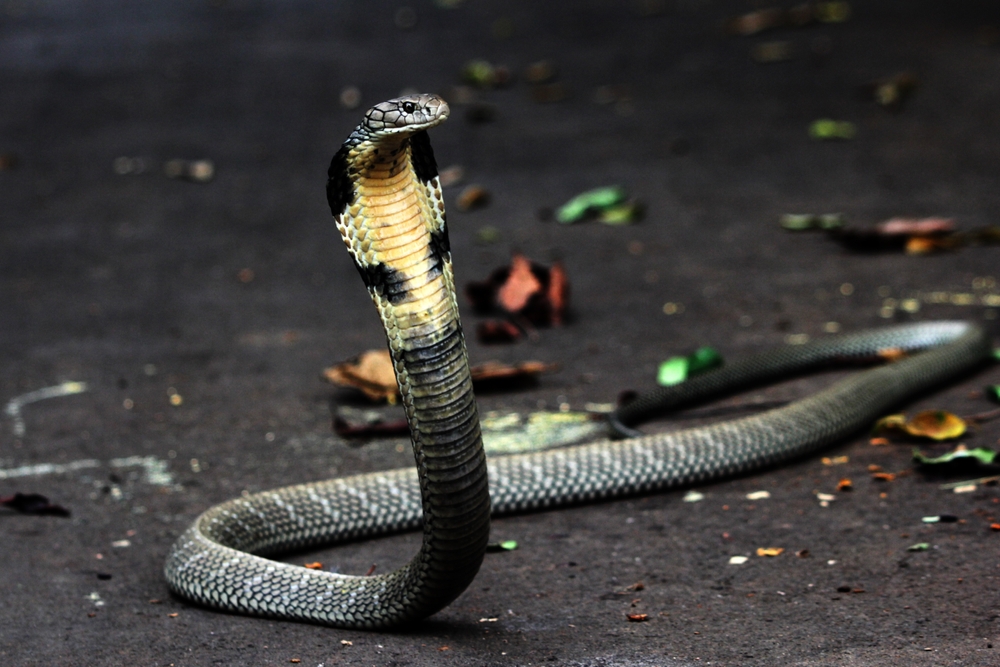
Perhaps one of the more mesmerizing behaviors displayed by some serpents is their ability to sway in a trance-like dance, often observed in cobras. This swaying, known as a “dance,” isn’t a performance to entrance humans but rather a defensive posture meant to intimidate potential threats. As the snake lifts its body and spreads its hood, it rocks back and forth, a behavior that serves as a stark warning sign.
The hypnotic effect of this movement can be attributed to the cobra’s ability to track and maintain eye contact with its adversary, creating an unsettling sense of mutual awareness. This visual lock can be so compelling that it often convinces potential predators or threats to back down, illustrating the snake’s ability to manipulate its environment through sheer presence. It’s an example of nature’s theater, where appearance and behavior combine to send a powerful message.
6. The Evolutionary Strategy of Mimicry
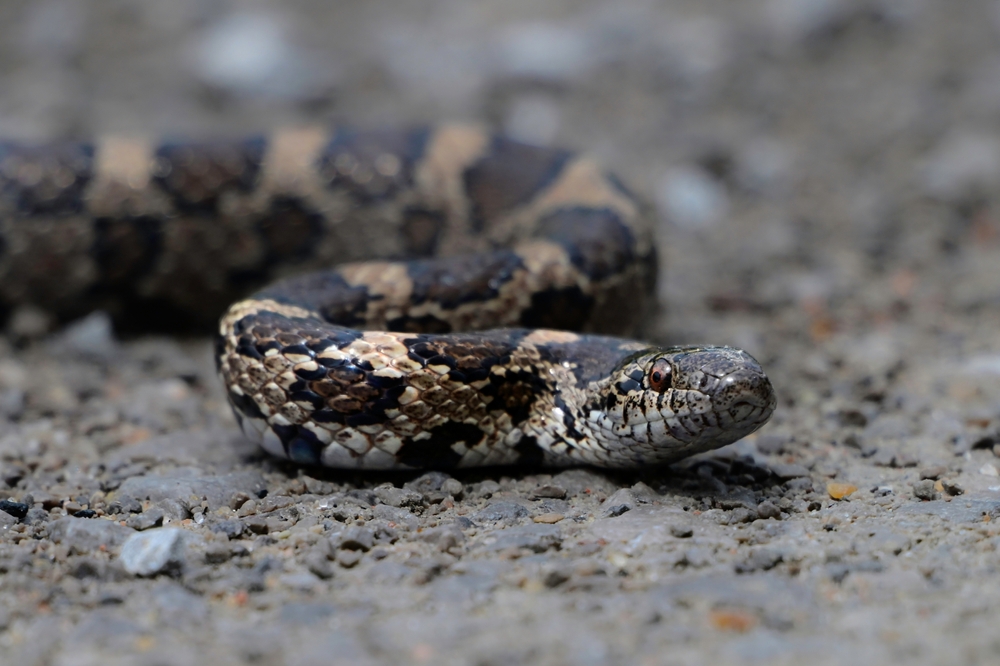
In the wild, mimicry is a skill that can mean the difference between life and death, and some snakes have honed this to an art form. Harmless species, such as the milk snake, mimic the vibrant colors of more dangerous counterparts like the coral snake. This deceptive display acts as a deterrent to predators who prefer not to test their luck against potentially venomous prey.
The mimicry isn’t just skin-deep; it extends to behavior as well. By adopting the mannerisms and warning signs of their venomous doppelgangers, these snakes amplify their ruse. It’s an evolutionary strategy that exemplifies the cunning and adaptability of these reptiles, proving that sometimes, the best defense is a convincing lie. This dance of deception showcases the constant arms race of survival in nature, where appearances are often more than they seem.
7. The Warding Off of Predators with Deadly Bluff
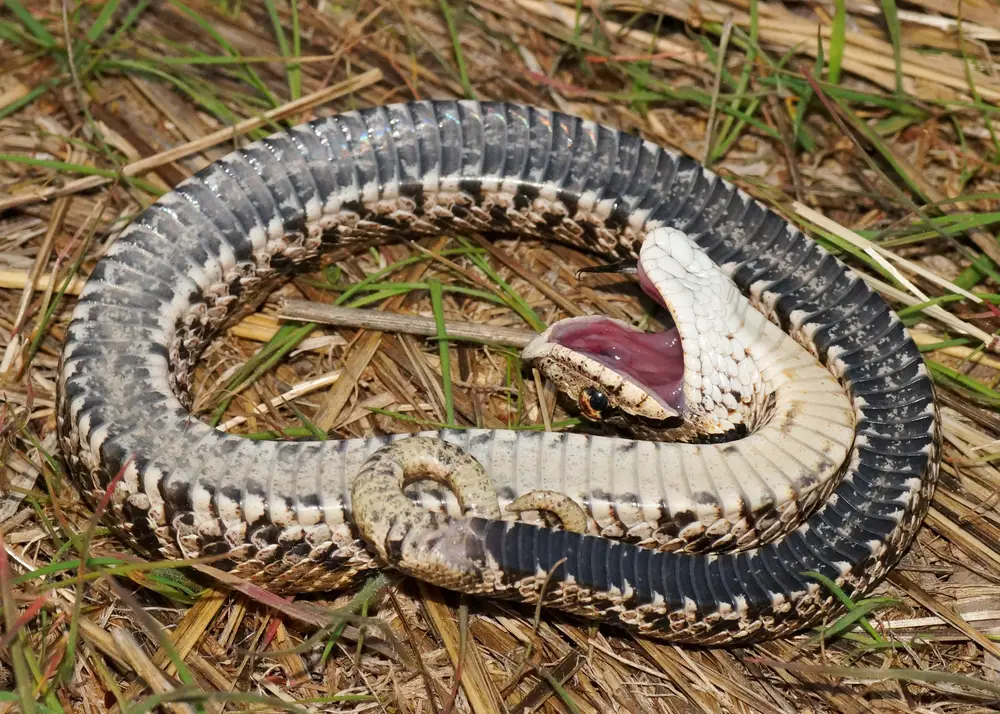
When cornered, some snakes employ a theatrical strategy that involves mimicking the behaviors of more dangerous species, a tactic commonly known as bluffing. The hognose snake, for instance, is a master at this performance, feigning death in a dramatic fashion that includes flipping onto its back and allowing its tongue to loll out. It’s a compelling spectacle designed to convince predators that it’s not a worthwhile meal.
This death feigning, known as thanatosis, is not limited to mimicking the appearance of a corpse but extends to the release of a foul odor, adding realism to the act. By convincing a potential predator that it has already succumbed to another, more lethal foe, the snake buys itself a chance to escape unharmed. It’s an incredible example of survival strategy, where the ability to play dead can be as crucial as the ability to fight.
8. The Regenerative Power of Shedding
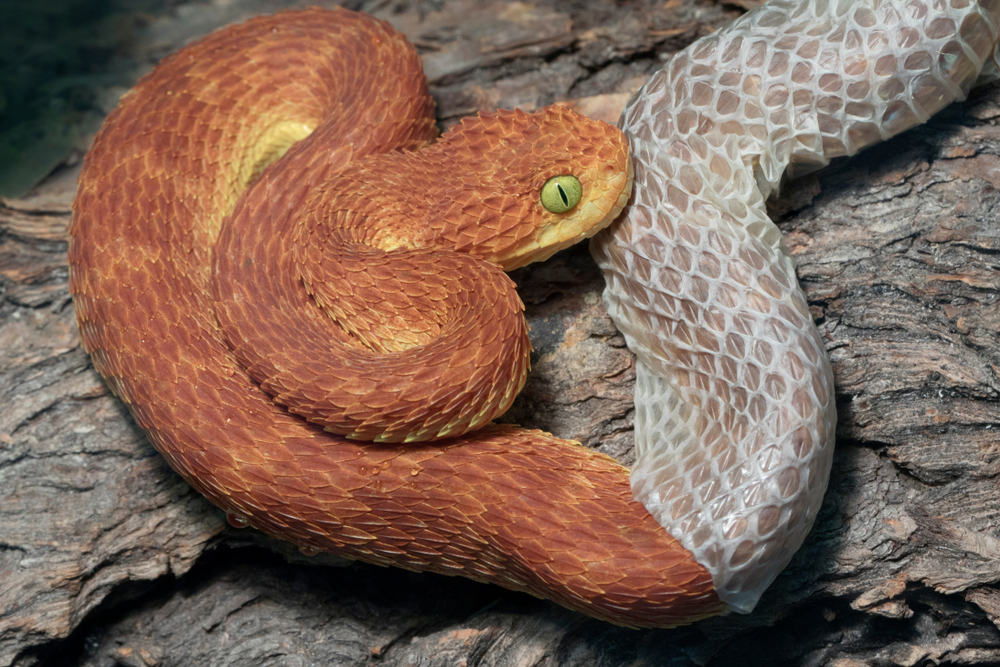
Shedding, or ecdysis, is not just a process of renewal for snakes but a vital aspect of their survival. This periodic shedding of skin allows them to grow, remove parasites, and repair physical damage. The spectacle of a snake sliding out of its old skin is a metaphorical rebirth, a cycle of rejuvenation that ensures its health and longevity.
The process itself is both fascinating and essential. As a snake grows, its skin does not expand, necessitating the shedding of its outer layer to accommodate a larger frame. This act is also a means of hygiene, clearing away mites and other parasites that may have accumulated. Through this transformative process, snakes maintain their vitality, demonstrating an extraordinary adaptation to life’s continual challenges.
9. The Sinister Charm of Rattling
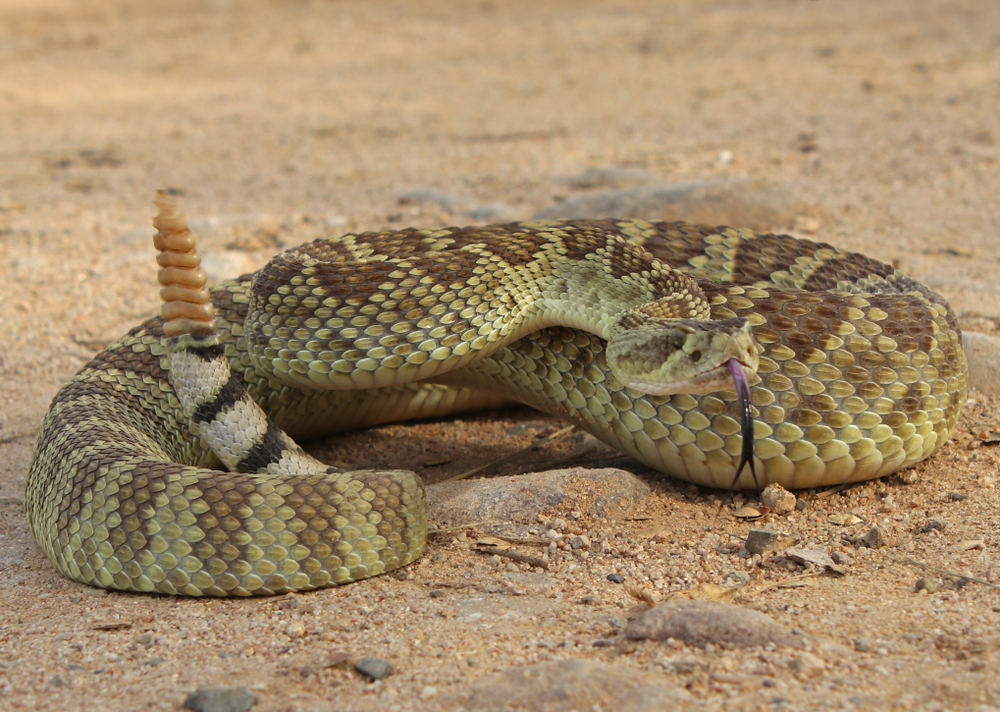
In the world of snakes, the rattlesnake’s signature sound serves as a universal deterrent. The chilling rattle, produced by a series of interlocking segments on the snake’s tail, is a clear announcement of its presence and a warning to stay clear. This acoustic display is both a defensive and communicative tool, signaling to predators and unwary humans alike that a formidable adversary is near.
Rattling is not just a random noise but a sophisticated form of communication. The frequency and intensity can vary depending on the level of perceived threat, allowing the snake to modulate its warning. This auditory warning system showcases the rattlesnake’s ability to manage its ecosystem interactions, leveraging sound to protect its territory and avoid unnecessary conflict.
10. The Unnerving World of Cannibalism
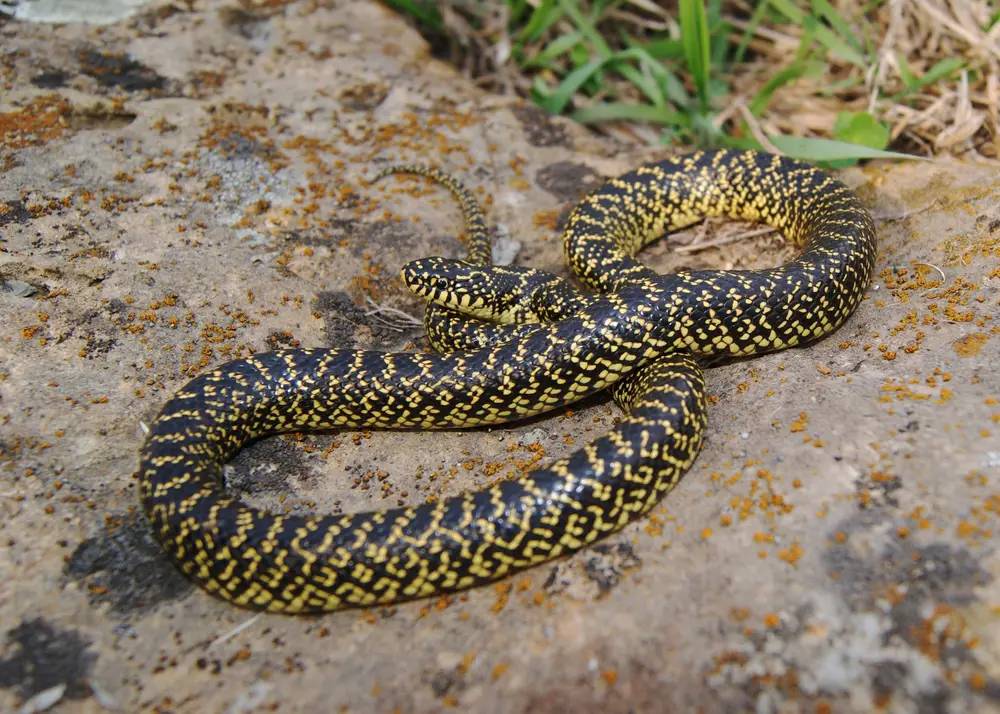
In the snake kingdom, survival sometimes means turning on one’s own kind, a behavior known as cannibalism. King snakes, for instance, are notorious for preying on other snakes, including those of their own species. This macabre diet choice is a testament to their opportunistic nature and the harsh realities of snake ecology.
Cannibalism among snakes is not merely an act of dietary necessity but also a strategy for reducing competition. By consuming rivals, these snakes eliminate future threats to their territory and resources. It’s a brutal, yet effective, approach to survival that illustrates the unforgiving nature of life in the wild, where every advantage is seized without hesitation.
11. The Bizarre Courtship of Combat
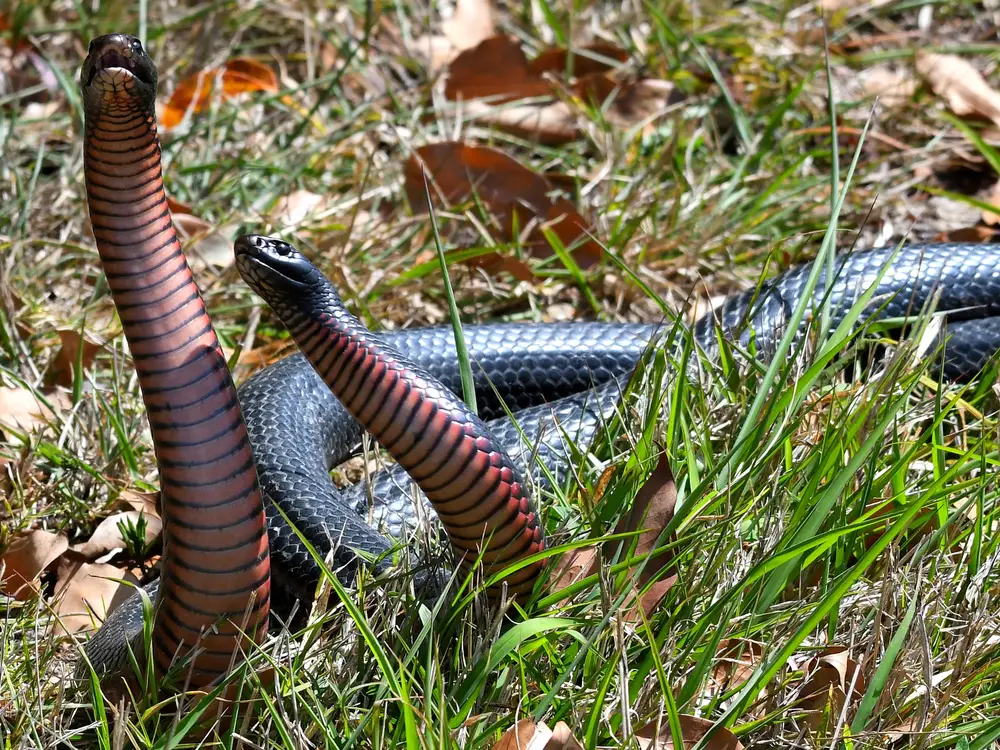
In the world of snakes, romance is often a battle, literally. Many male snakes engage in combat with one another to win the affections of a female. This ritual, known as a “combat dance,” involves intertwining and wrestling, with each snake attempting to assert dominance by forcing the other to the ground.
The combat dance is as much a display of strength as it is a courtship behavior. The victor not only wins the right to mate but also demonstrates his genetic superiority. This competitive display is a fascinating insight into the reproductive strategies of snakes, where physical prowess and endurance are as important as charm. In the end, it’s a reminder that even in nature, love can be a battlefield.
12. The Unsettling Ability to Swim
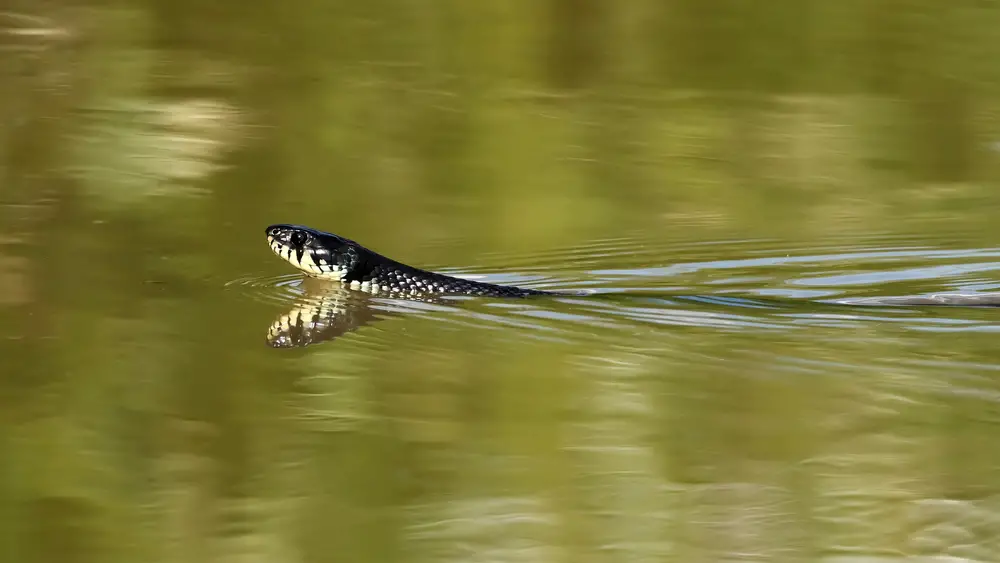
While many might assume snakes are creatures of the land, several species are adept swimmers, capable of traversing both freshwater and saltwater environments with ease. Sea snakes, for example, have adapted to life in the ocean, with flattened bodies and paddle-like tails that make them efficient swimmers. Their ability to venture into aquatic realms expands their hunting grounds and allows them to exploit resources unavailable to purely terrestrial snakes.
Swimming is not just a means of survival but also a strategic advantage. It enables snakes to escape predators, hunt diverse prey, and explore new territories. This adaptability highlights the versatility of snakes as a species and their ability to thrive in a variety of ecosystems. Their aquatic prowess challenges conventional perceptions of snake behavior, revealing an aspect of their nature that is both unexpected and impressive.
13. The Nightmarish Vision of Soaring Snakes
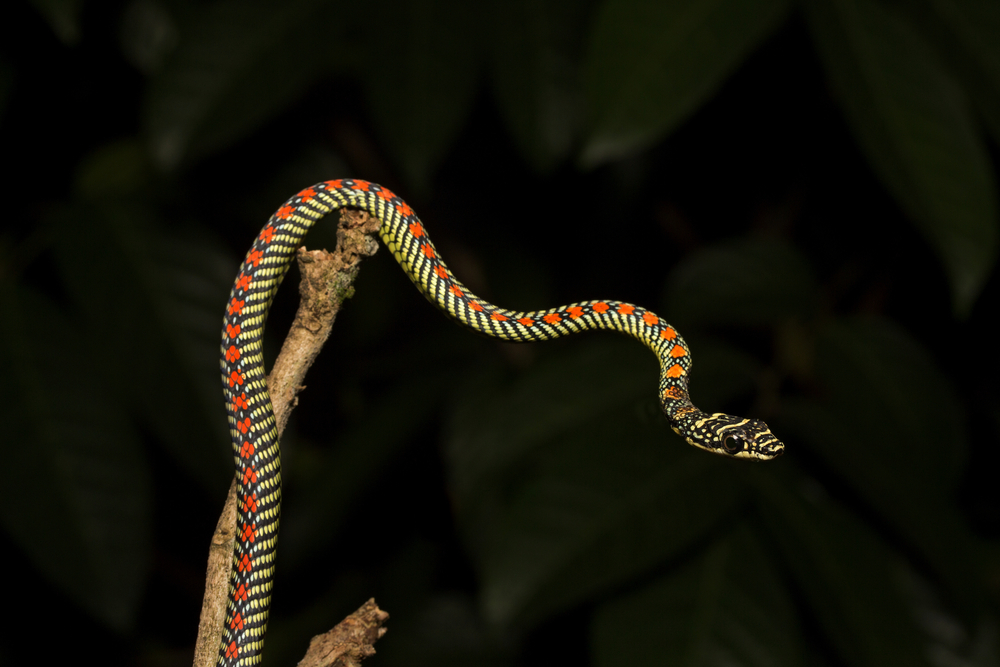
Perhaps the most jaw-dropping of snake behaviors is the ability to “fly.” Certain species, like the paradise tree snake, have mastered the art of gliding from tree to tree. By flattening their bodies and undulating through the air, these snakes can control their descent and cover impressive distances, all without the aid of wings.
This aerial capability serves multiple purposes. It allows snakes to escape predators, reach new habitats, and surprise prey from above. The sight of a snake soaring through the forest canopy is both mesmerizing and unsettling, defying the conventional image of snakes as earthbound creatures. This rare ability showcases the extraordinary adaptability of snakes and their relentless pursuit of evolutionary advantage.
